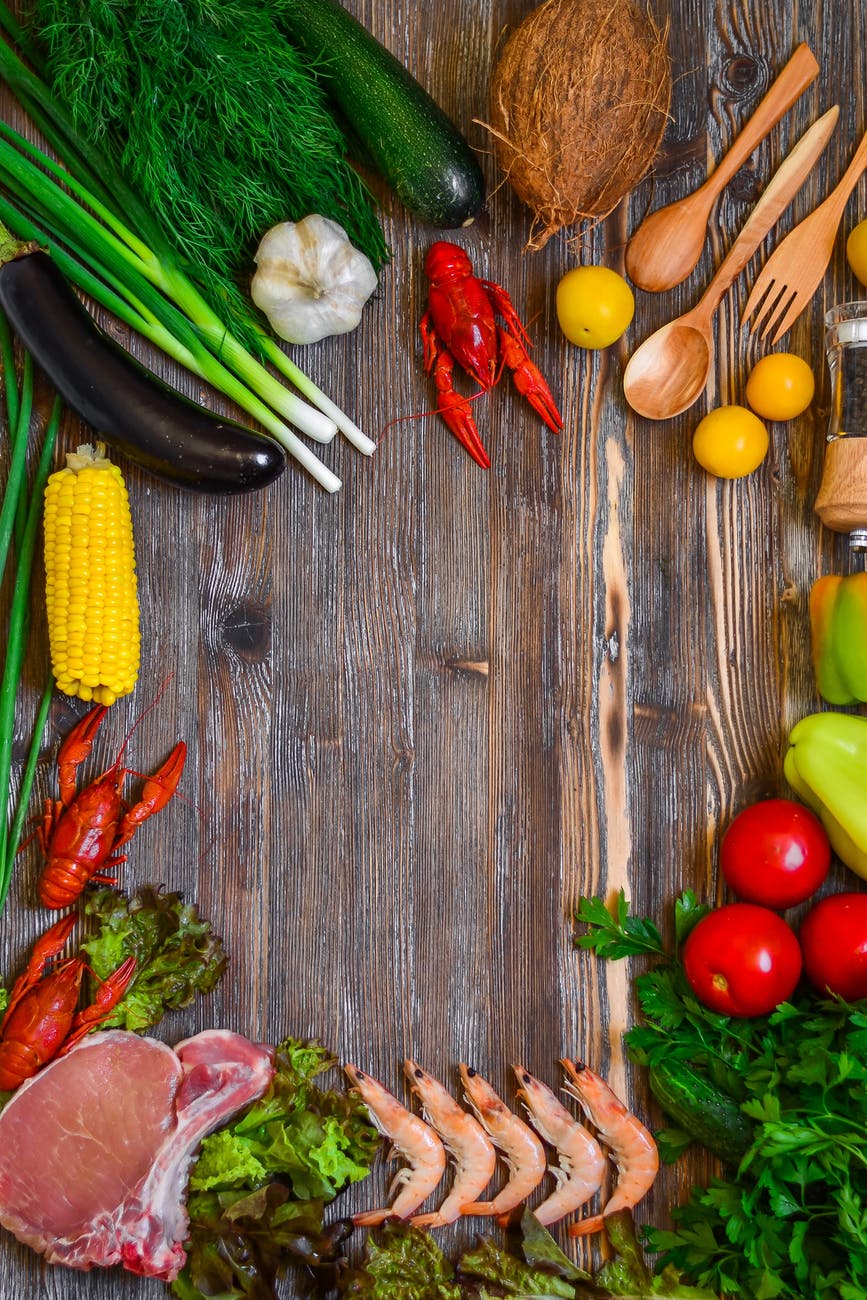Tag: Ayurvedic food
-

-

How much do you need to eat?
Most of the people are not able to decide the right kind and right amount of food they need. Ayurveda has a the answer hidden in a sutra and the answer is unique for everyone!
-

Eat Healthy, Eat Less!
According to great sage and Ayurveda pioneer Vagabhatta, you should eat healthy, eat less and eat according to the seasons! Let’s explore why eating less is crucial to good health!
-
Back to nature!
When God said, “Be content with what you have,” I think that it was also a piece of health advice. Seasonal,local and natural food is the best.
-

Dosha in Simpler Terms
What exactly is the dosha concept of Ayurveda? Let’s understand it in simpler everyday terms
-

Best Foods in Ayurveda
Food is the only option by which we can choose either health or diseases! Know more about the best food options according to Ayurveda.
-

Good Food and Bad Food According to Ayurveda – Food that should be consumed in miniscule quantities
There is some food that can be consumed regularly but only in small quantities or after a short break. Salt is the best example of such food. Too little salt or too much salt, both will spoil the dish. But just the appropriate amount can do wonders to both the taste and the health. 3…
-

Toxic Food According to Ayurveda
Let’s differentiate between the food and the “Food like substances”!
-

Know thy food – Basic Ayurvedic Classification of Food
According to Ayurveda, the one who eats healthy food will never need any medicine; and the one who eats unhealthy food will never benefit from any medicine. Therefore it is important to know thy food!
